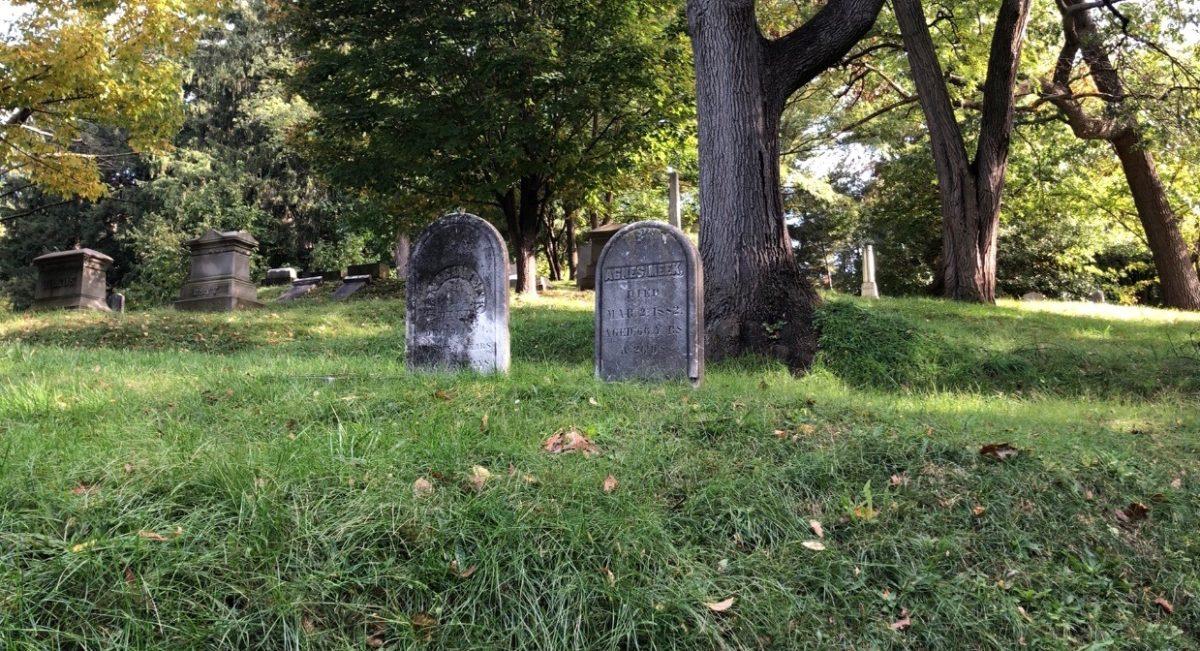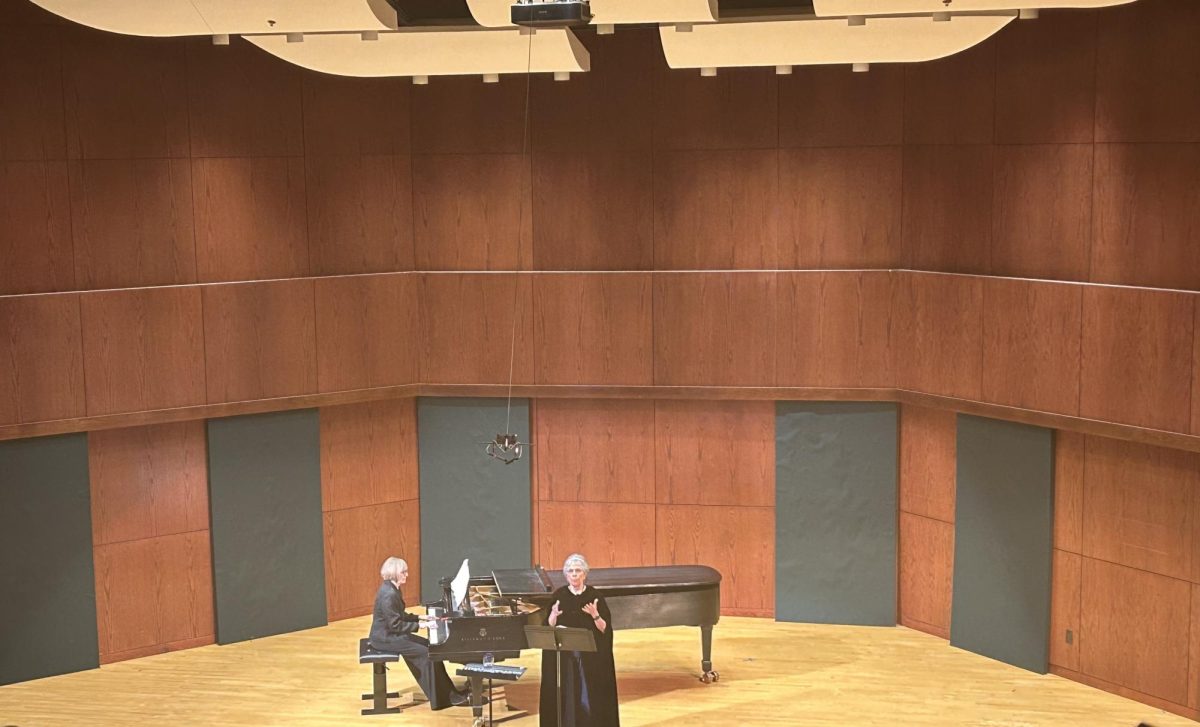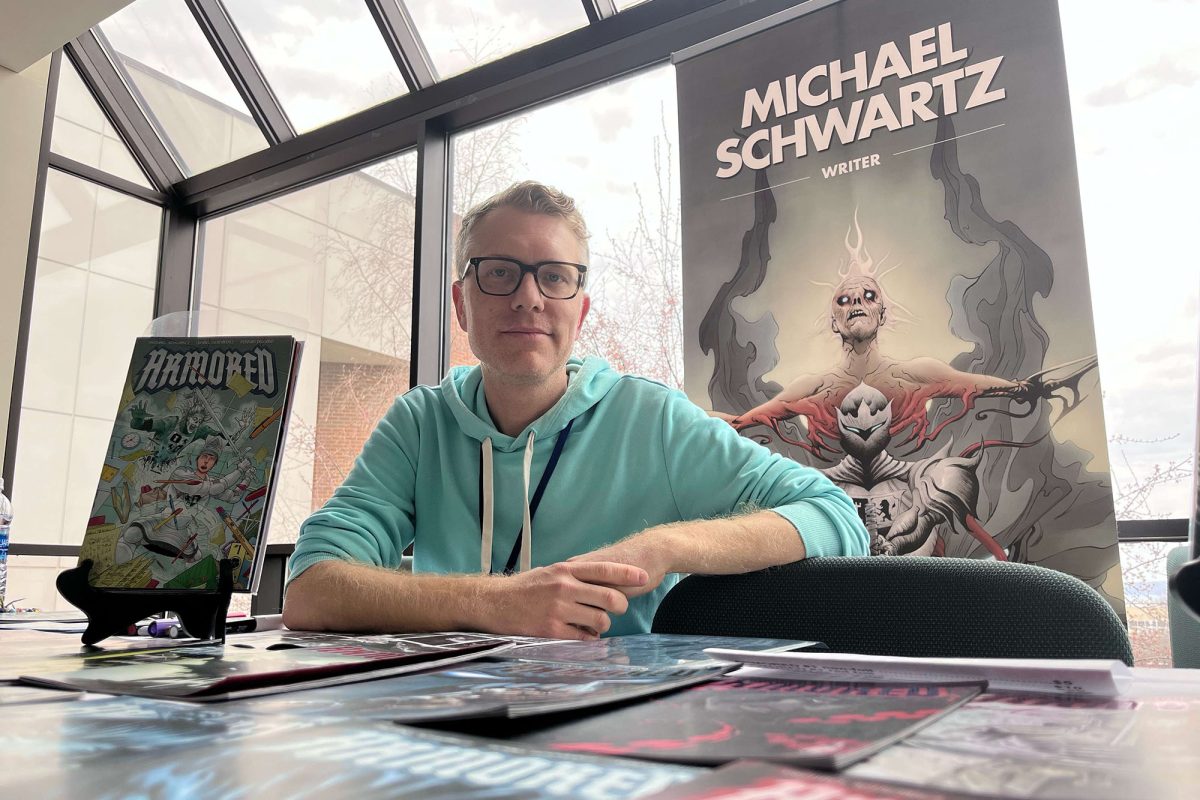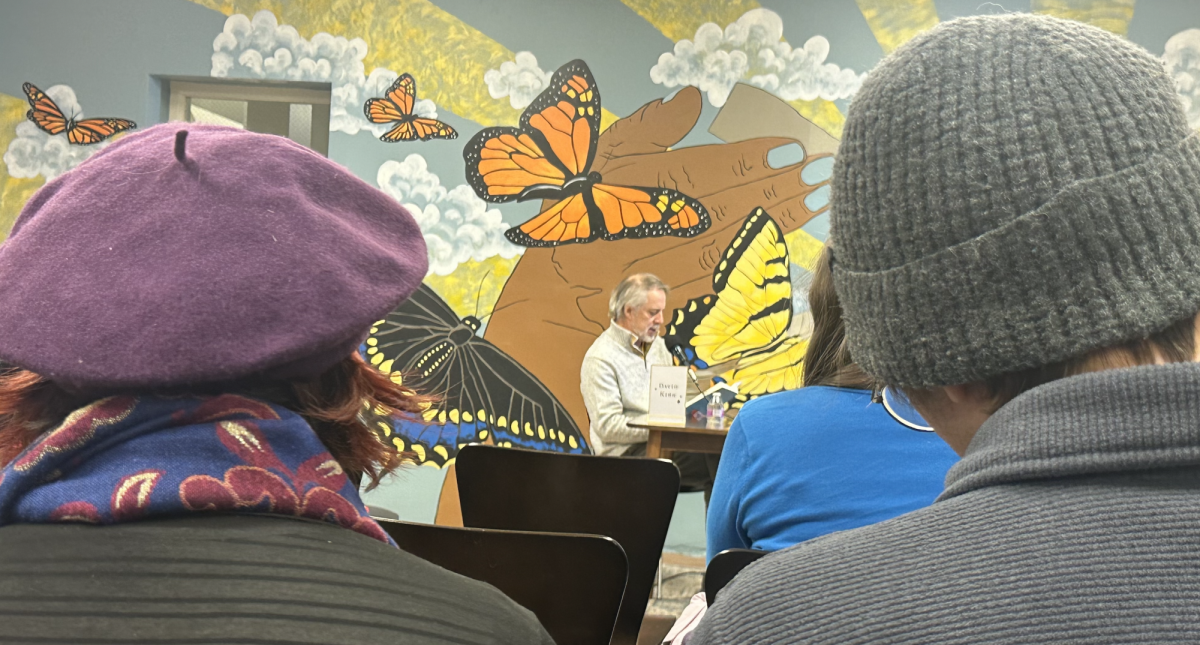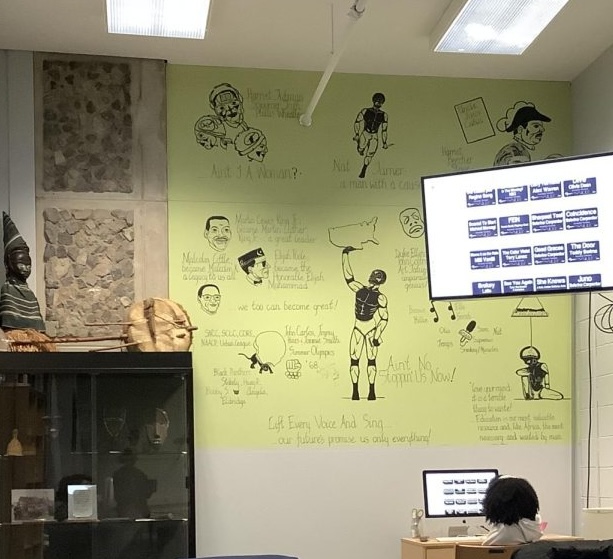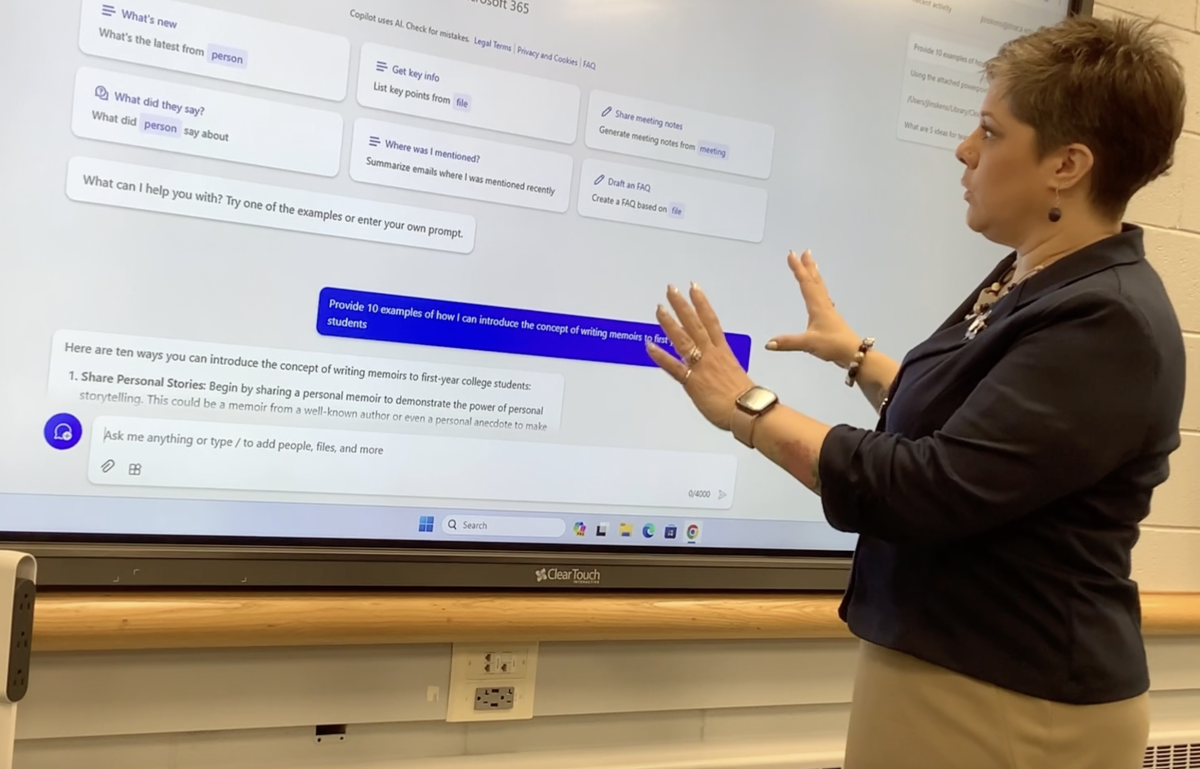
Daniel Jackson escaped slavery in the 1840s and used the Underground Railroad to flee to Ithaca, reuniting with others who had also fled from the South.
Jackson’s story is just one of many that the volunteers of Historic Ithaca share during their tours at the Ithaca City Cemetery, the oldest burial ground in Ithaca. Historic Ithaca, a nonprofit organization that works to preserve historic areas in the city, began giving tours in the 1990s. The tours are typically held during the month of October to get the community in the Halloween spirit.
The Ithaca City Cemetery is home to thousands of people who fought in and lived through important battles in American history. According to Historic Ithaca, the first recorded burial here was in the early 1790s. This 16-acre burial ground is now a closed cemetery, meaning that there are no plots currently being sold.
“People are in here every day. They’re treating it like a park, so that’s great,” said Christine O’Malley, the Preservation Coordinator at Historic Ithaca.

O’Malley said the point of the tour is “to show people different periods of funerary sculpture and monuments, but also to bring attention to the cemetery as a place that needs care, maintenance, repair, and to enjoy it as a historic landscape.”
Pat Longoria, the Events and Community Engagement Coordinator for Historic Ithaca, noted that preserving Ithaca’s history is essential, although it does require a significant amount of work.
“Snow and frost kind of push some of the monuments down and they get broken, so it’s a long-term preservation project and the city can only do so much. Regular people really have to get engaged in the cemetery and really help out,” said Longoria.

During the tour, visitors get to learn about the history of those buried here, including Josiah Beers, a World War II veteran, and the Heggie family, involved in a well-known Ithaca crime in the 1860s. This is also the resting place for soldiers who fought in the Civil War.
Although O’Malley said these figures may not be as famous as others, they are important to the local community because their lives intersected with historical events. For example, Doctor Tarbell and his family are all buried at the cemetery. Tarbell was a Union soldier in the Civil War, where he was involved with important battles in Chancellorsville, Bull Run, and Gettysburg. He was also in Ford’s Theatre the night Abraham Lincoln was assassinated.
Tour participants also visit a potter’s field, an area of headstones for people who were never identified, a Civil War memorial, two Jewish burial grounds, and a Firefighter’s memorial.

Longoria said she was a tour participant before she started working here. “What really surprised me is how old this burial ground is, and just walking around and seeing some of the old slate monuments and just looking at the old archaic carving and writing is really fascinating.”
Emme Edmunds, who took part in a recent tour, said the historical nature of the cemetery walk drew her in. “I think reading about history and learning about history really broadens our understanding of our own context, where we’ve come from, and what it took to get here.”
Edmunds believes all people should learn about history in one way or another. “If we don’t know history, we don’t know all there is to know about ourselves. It doesn’t mean we’re totally determined by history, but it’s really, really important. It’s as important as genetics in some ways.”
The last round of tours for the month will be held Oct. 27 at 1 p.m. and Oct. 28 at 11 a.m. and 1 p.m.
Featured Image by Amanda Chin

